Are you looking to assess the impact of your recent campaign? Gathering insights on engagement and overall performance can significantly enhance your future strategies. In this article, we'll explore effective ways to structure a campaign effectiveness review that not only highlights successes but also pinpoint areas for improvement. Join us as we delve deeper into how to ensure your campaigns hit the mark every time!
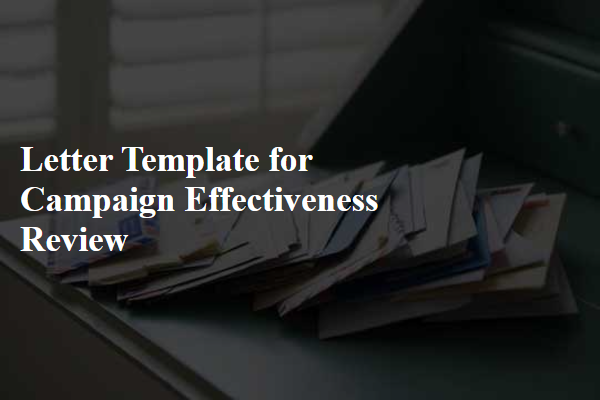
Clear Objectives and Goals
Clear objectives and goals define the foundation for a successful marketing campaign. Specific targets, such as increasing brand awareness by 30% within three months or generating 500 new leads through digital channels, provide measurable outcomes. Implementing the SMART criteria (Specific, Measurable, Achievable, Relevant, Time-bound) aligns campaign efforts with organizational objectives. For instance, a campaign aimed at launching a new product in New York City may focus on engaging 1,000 attendees at a promotional event, coupled with social media engagement metrics, during the event's duration. Tracking key performance indicators, such as conversion rates, website traffic, and social media impressions, enables campaign teams to assess performance accurately. Regular reviews, conducted weekly or bi-weekly, can highlight progress toward objectives, allowing for strategic adjustments based on real-time data.
Data Collection and Analysis
Campaign effectiveness reviews provide critical insights drawn from detailed data collection and thorough analysis. Quantitative metrics, such as conversion rates and click-through rates (CTR), gauge audience engagement levels across various platforms. Qualitative feedback from participant surveys highlights user sentiment and campaign resonance. Digital tools, like Google Analytics and social media insights, track detailed user behavior and demographic data, revealing trends over specific periods. Accurate data interpretation facilitates informed decisions for future campaigns, optimizing strategies based on previous performance outcomes and audience preferences. Continuous monitoring of key performance indicators (KPIs) ensures alignment with overall campaign objectives, allowing for timely adjustments and improved effectiveness.
Audience Engagement Metrics
Audience engagement metrics serve as vital indicators of a campaign's success. Key metrics include click-through rates (CTR), which measure how many users clicked on content versus the number of impressions, often expressed as a percentage, and social media shares that gauge the reach and virality of posts. Additionally, average session duration on websites indicates how long visitors remain engaged with campaign materials, with higher durations suggesting effective content. Other important metrics are bounce rates, which track the percentage of visitors leaving after viewing only one page, and conversion rates, measuring how many audience members completed desired actions, such as signing up or making purchases. These metrics collectively provide a comprehensive view of audience behavior and campaign effectiveness.
Conversion Rate and ROI
The conversion rate measures the percentage of visitors who complete a desired action on a campaign website, highlighting effectiveness in engaging users. Key performance indicators (KPIs) typically include sign-ups, purchases, or downloads, depending on campaign goals. For example, a campaign targeting Millennials for a new smartphone app might aim for a conversion rate of 5%, with the app's user data and feedback collected over a three-month period in Q3 2023. Return on Investment (ROI) quantifies the financial return relative to campaign expenditures, calculated by subtracting the total campaign costs from total revenue generated, then dividing by the total costs. An effective campaign could achieve an ROI of 150%, reflecting strategic ad placements on platforms like Instagram and TikTok, where user engagement rates are notably higher among younger demographics. Understanding these metrics provides critical insights into optimizing future marketing strategies for improved results.
Recommendations for Future Campaigns
Future campaigns should prioritize data-driven strategies, ensuring thorough analysis of key performance indicators (KPIs) such as conversion rates and audience engagement metrics. Utilizing A/B testing (a method of comparing two versions of a campaign to determine which performs better) can help fine-tune messaging and visuals for maximum impact. Targeted audience segmentation based on demographics (age, gender, income level) enhances relevance, increasing the likelihood of desired actions. Furthermore, integrating multi-channel marketing approaches (social media, email, direct mail) can broaden reach and improve user interaction. Lastly, post-campaign surveys or feedback forms can gather valuable insights, shaping more effective campaigns in subsequent phases.

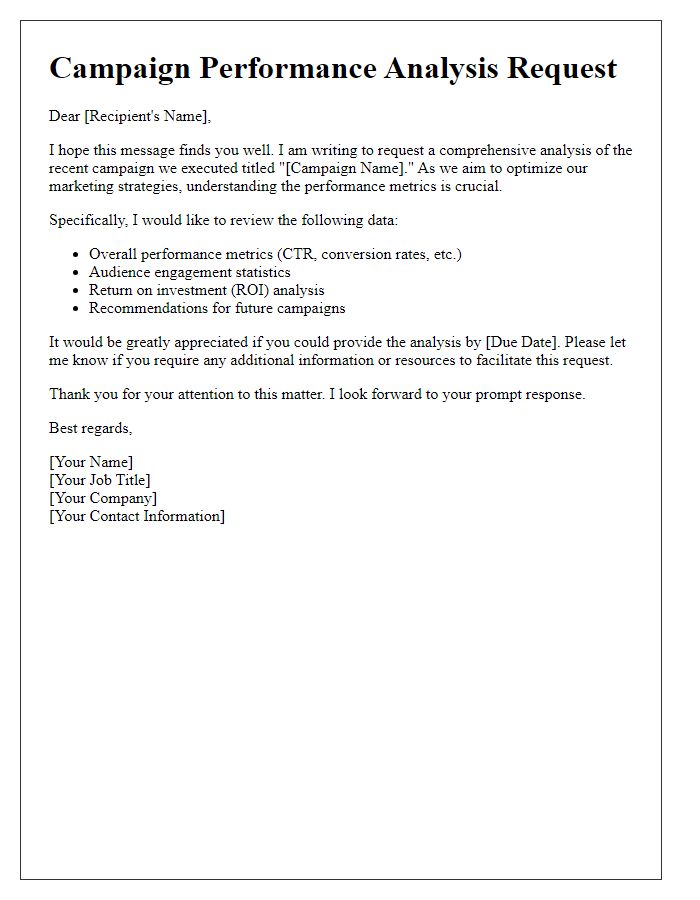
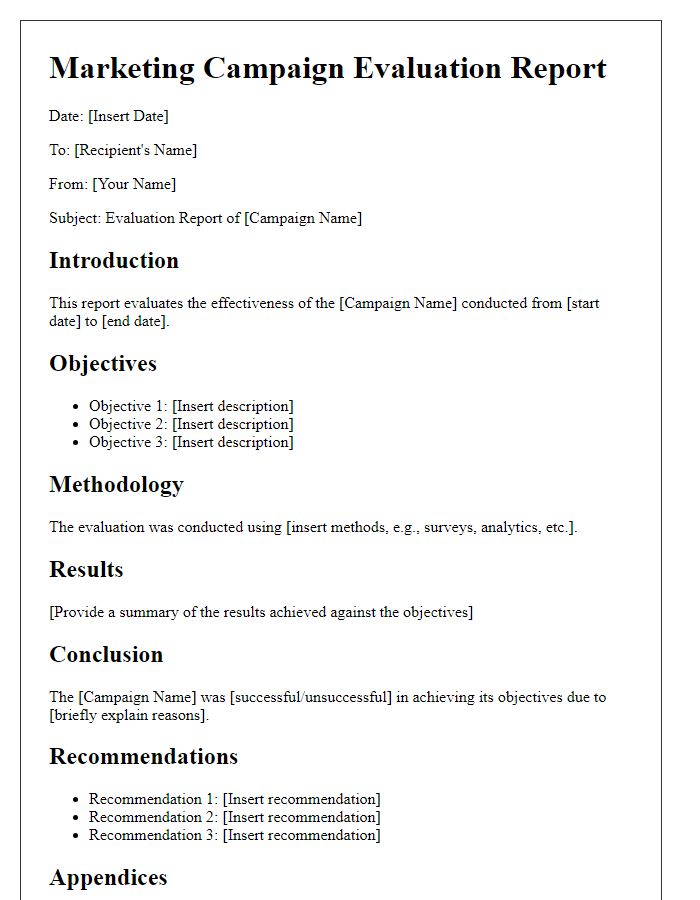
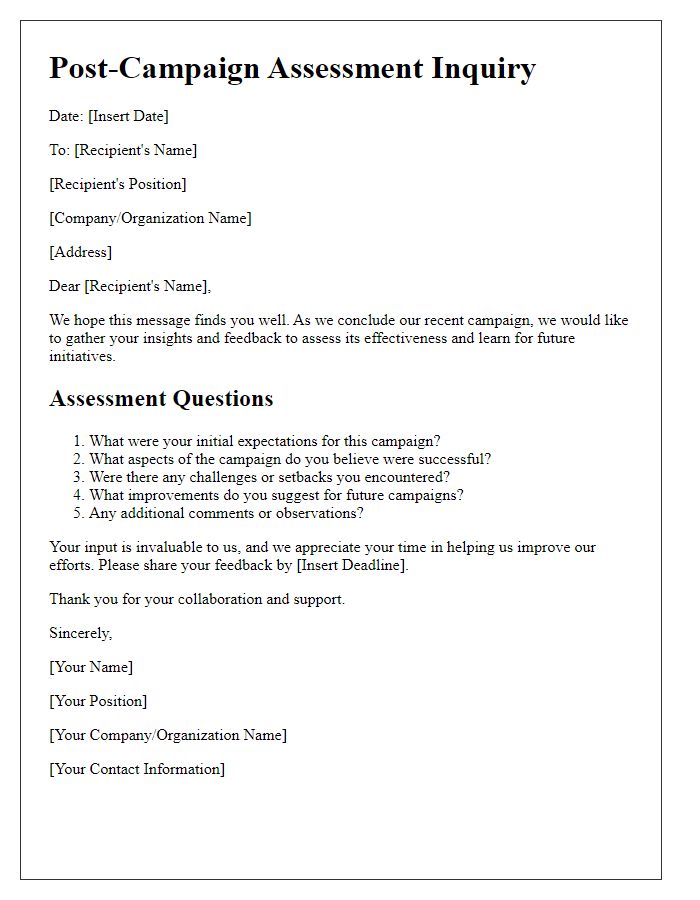
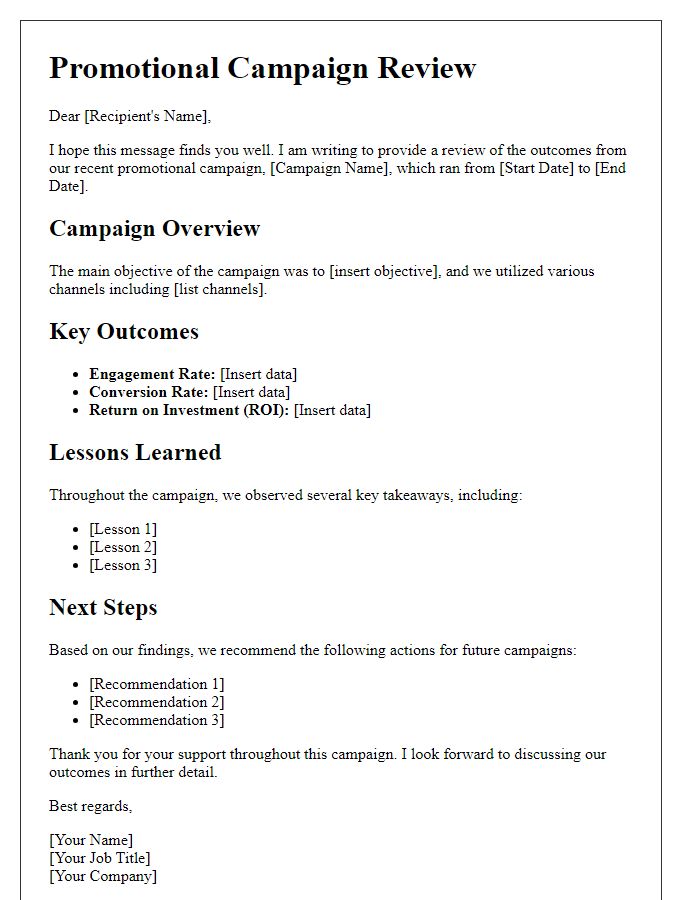
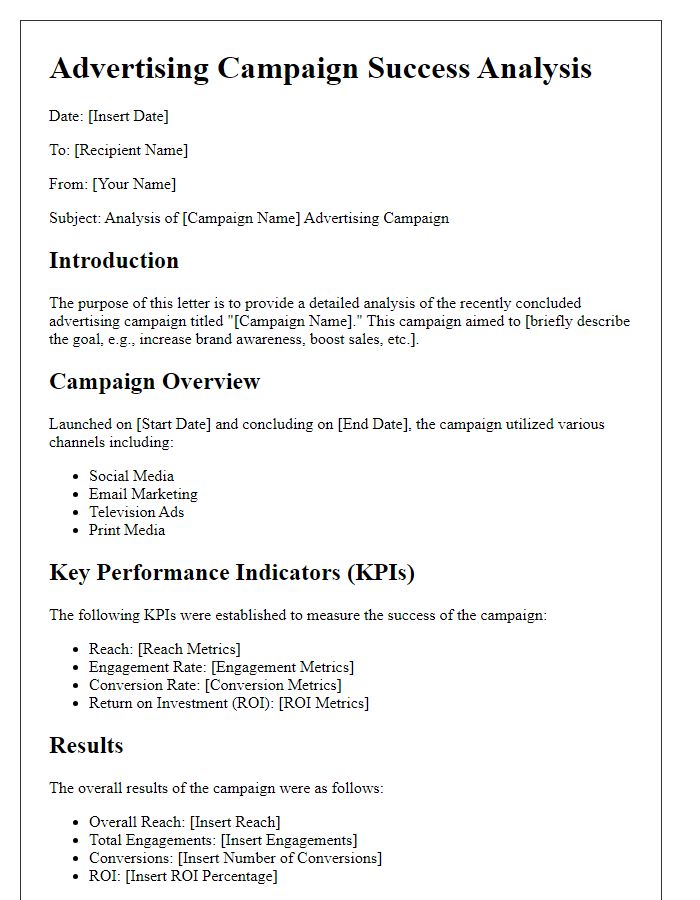
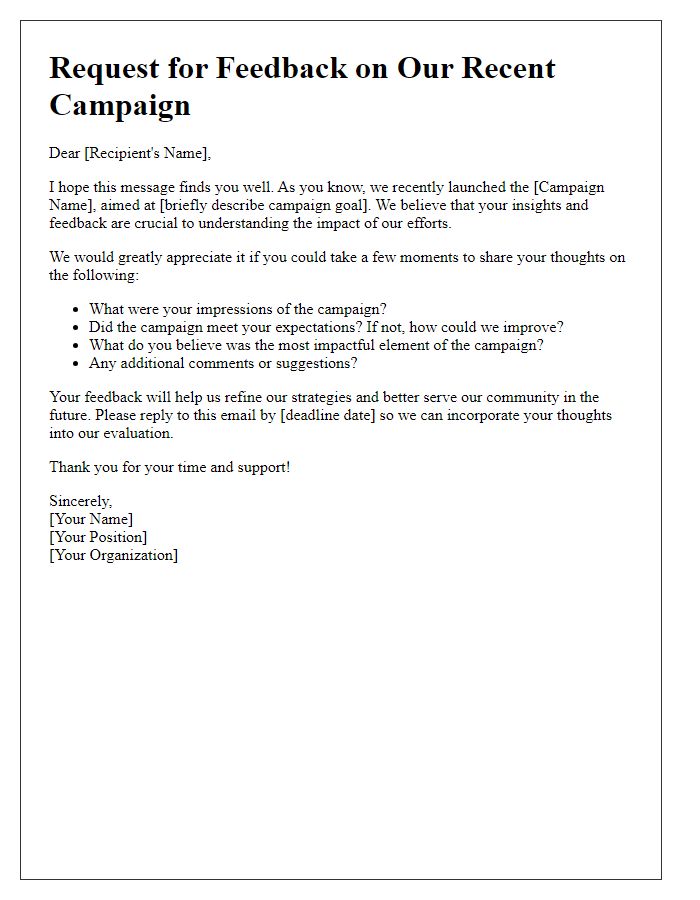
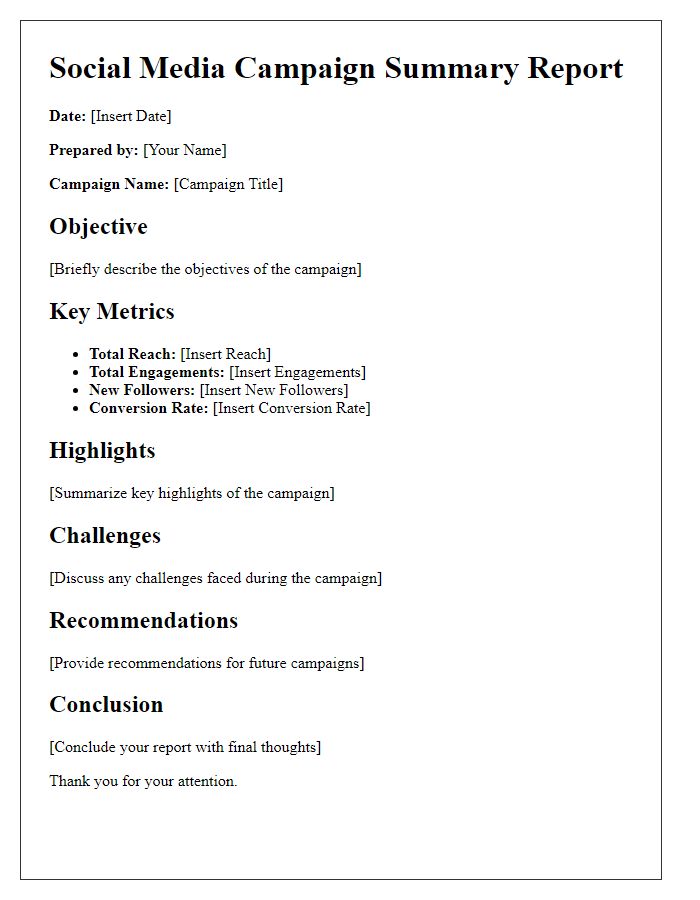


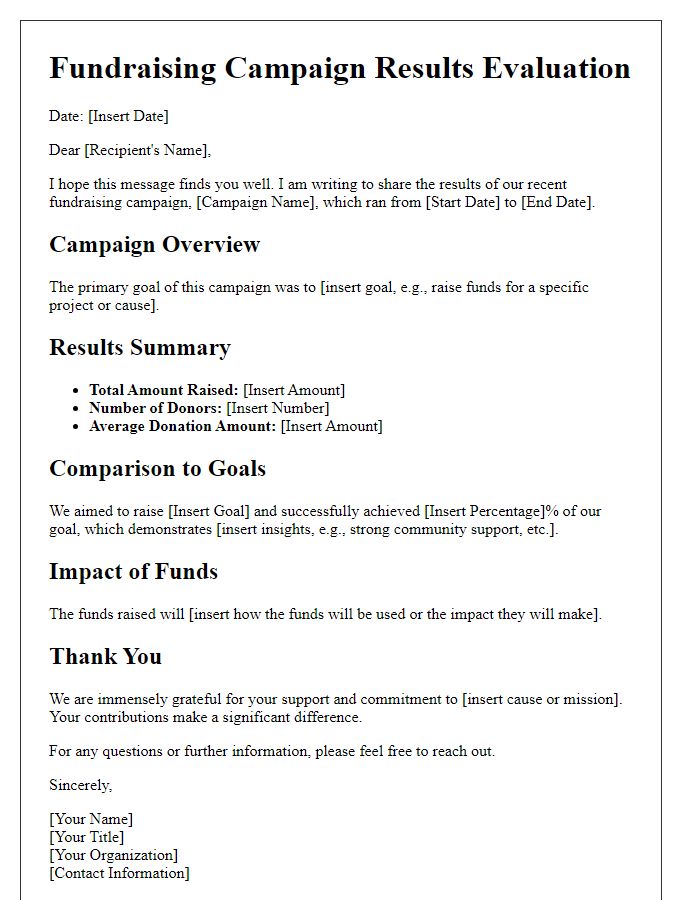

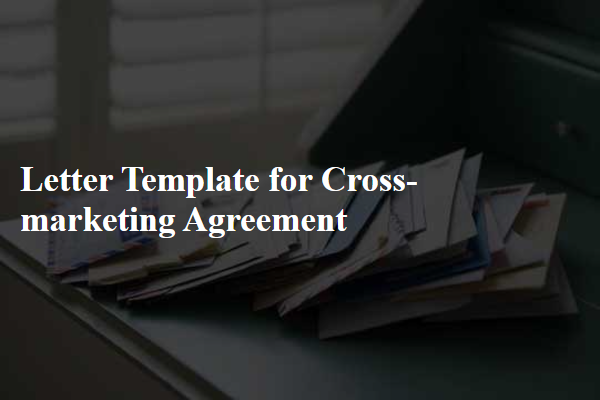
Comments